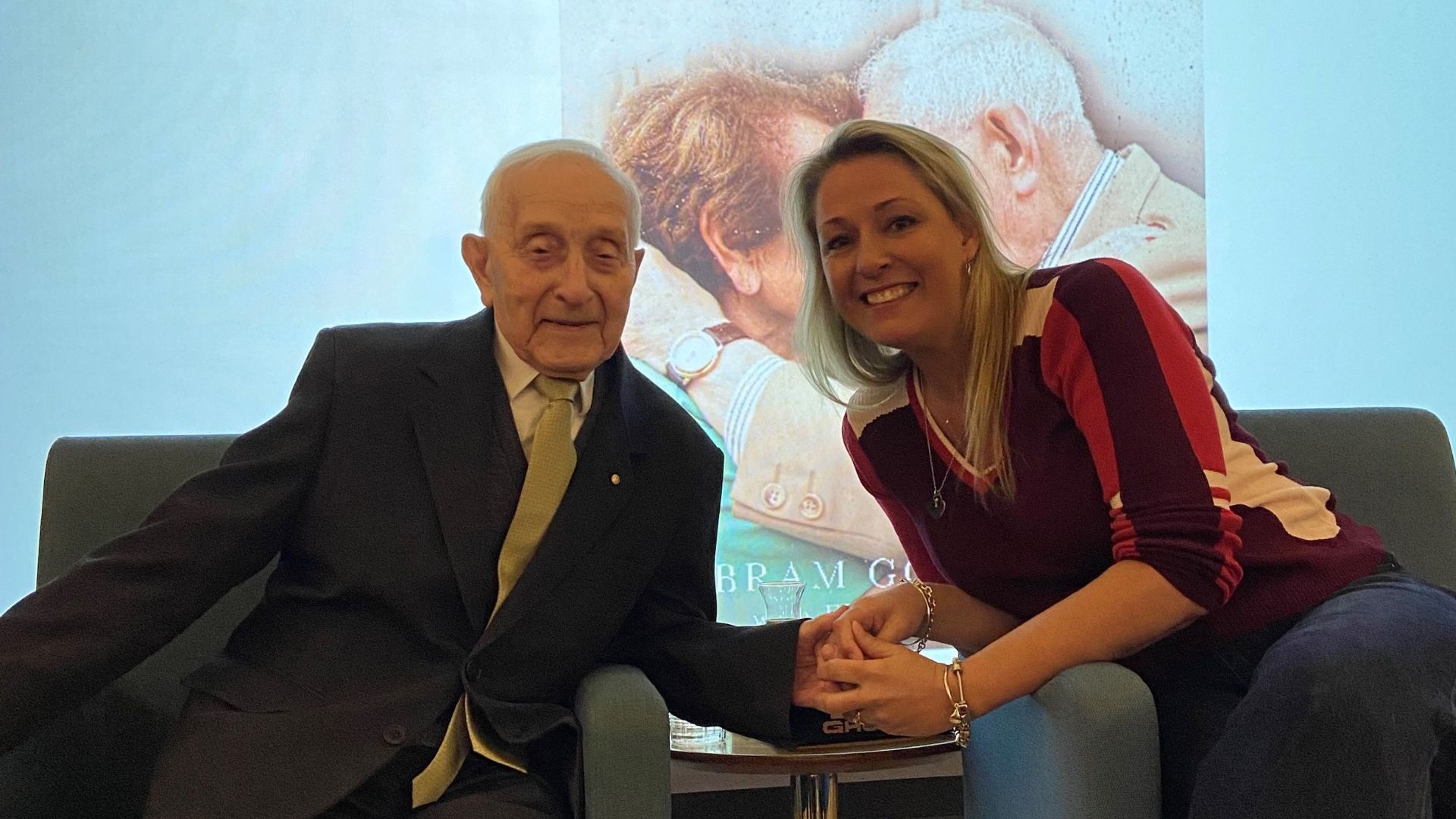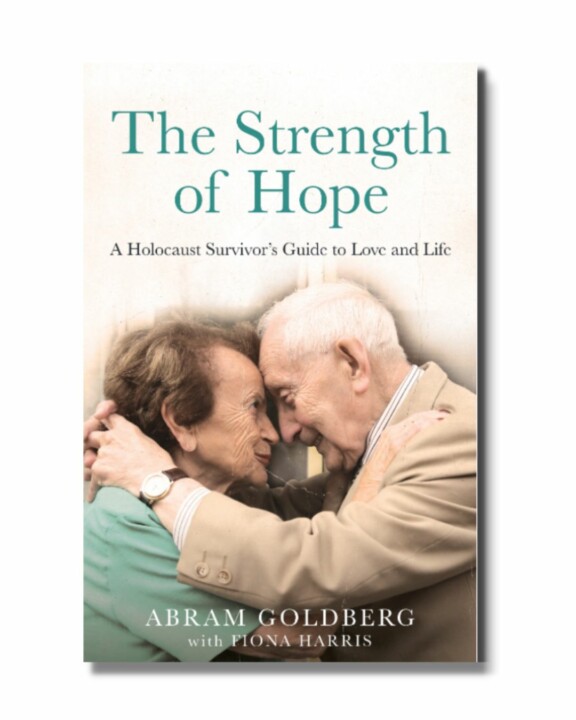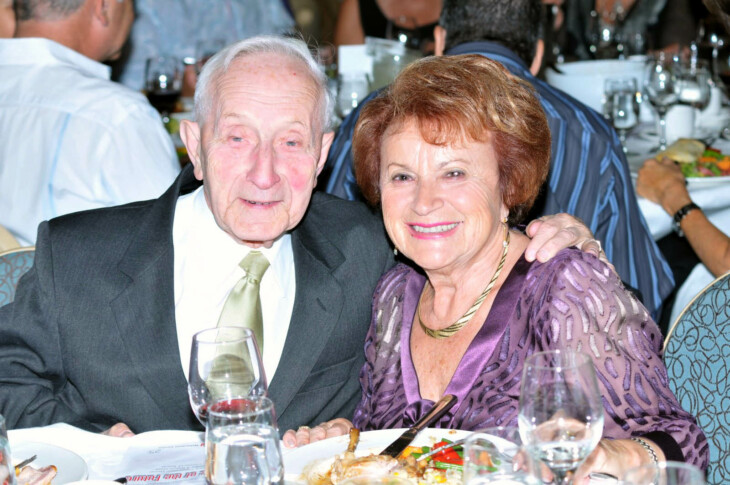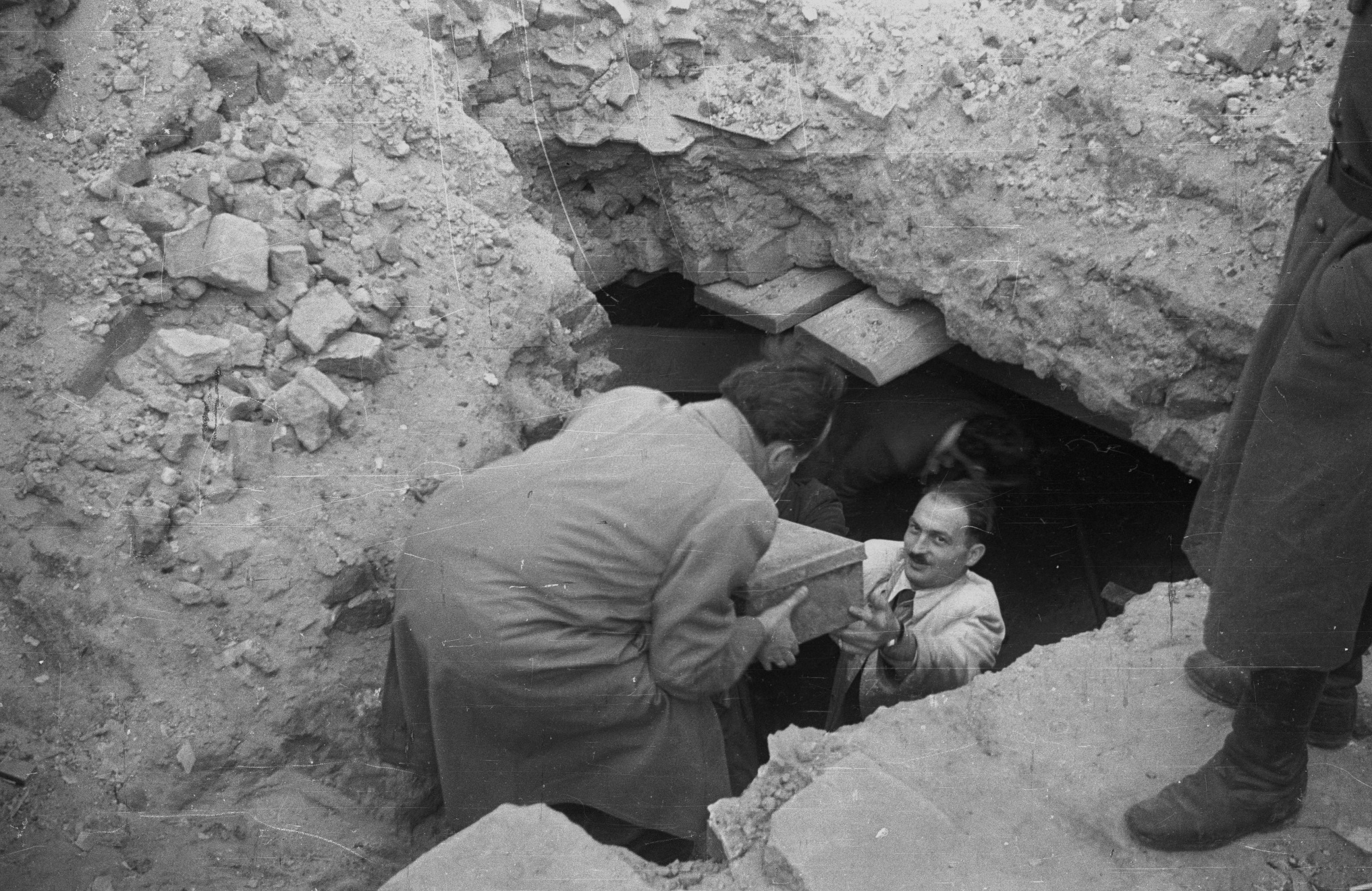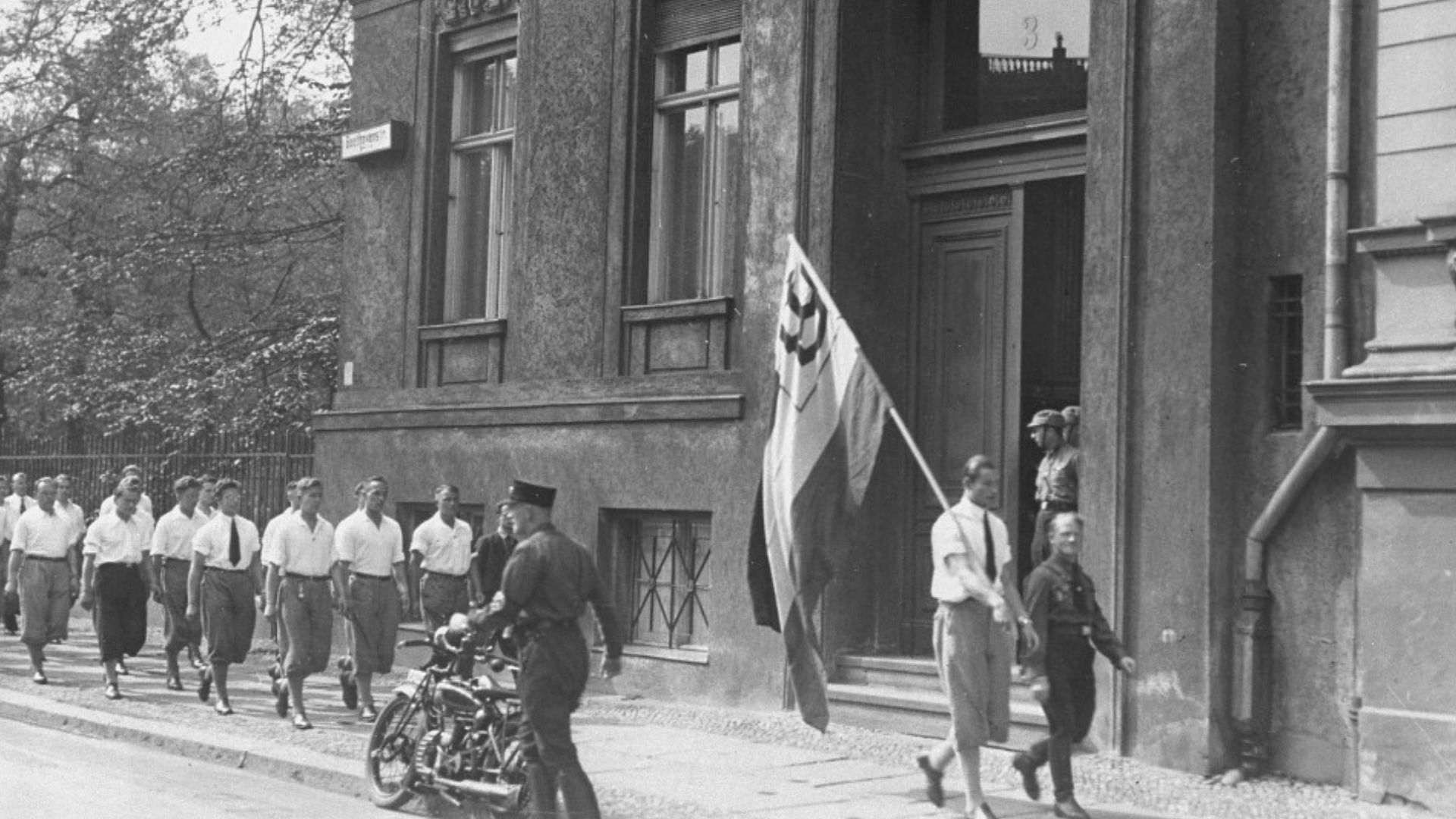A review by MHM volunteer Caren Silver
Abram Goldberg’s stirring memoir brings the reader into his life from his active childhood and teenaged years in Lodz (1930s), through to the Nazi invasion of Poland (1939) and his entrapment in the Lodz ghetto, to his imprisonment in Auschwitz (1944), the death camp where he would lose his mother, and to his liberation (1945). Out of the darkness of the Holocaust, Goldberg then journeys to Belgium, where he meets the love of his life, Cesia, marries in 1947 and, ultimately, migrates to Australia with Cesia in 1951.
Throughout the years of persecution, deprivation, and loss, what stands out is Goldberg’s relentless optimism and dedication to telling the world what had happened, what horrors he and his fellow Jews had endured and witnessed, a promise made to his late mother as they were separated in the selection lines at Auschwitz. Before her death, he and his mother had come to the “heart-breaking revelation” that of the “forty or so Goldbergs who had been in the Lodz Ghetto”, his mother and he “were the only ones left.”
The stories Goldberg recounts are presented with sensitivity and detail by his co-writer, Fiona Harris, the memoir written in the first person and reflective of Goldberg’s strength, his belief in the power of hope and in his own survival. Horrific images from the Ghetto and from the camps still haunt him, yet have not dimmed the strength of his optimism nor his commitment to the Jewish community, begun all those years ago in Lodz as a teenager active in Skif, the youth organisation associated with the Jewish Labour Bund.
